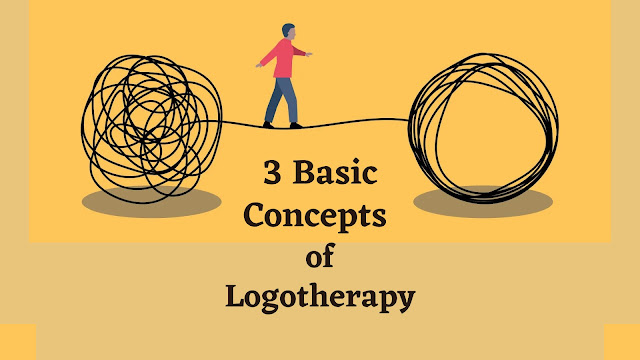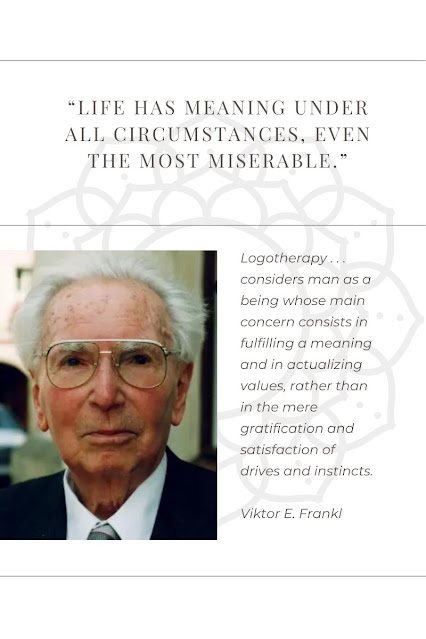Introduction There is a quiet lesson hidden inside simple stories—lessons that stay with us long after the words are forgotten. The Stubborn Horse Theory is one such reminder. It speaks not about animals or rivers, but about people, relationships, and the emotional weight of caring deeply. At some point in life, almost all of us become the person standing beside the river—hoping, explaining, insisting, and trying our best to help someone we care about. We believe we know what’s good for them. We see their potential, their struggles, and their unspoken pain. And because we care, we want to fix it. But this story reminds us of a difficult truth: good intentions alone are not enough. The Story Behind the Theory He looked at the horse and thought, “It’s tired. It must be thirsty. This water will help.” So he gently nudged the horse toward the river. “Drink,” he said softly. “This will help you.” But the horse didn’t move. It didn’t sip. It didn’t even look at the water. Co...
Introduction
Ever since time immemorial, people have tried to find meaning in life. A lot of philosophers came and went by. As time passed, psychology was discovered, and with that, the branches. Psychology is considered to be the child of philosophy and Physiology. Several concepts we know in philosophy are also used in Psychology, and there is a clear overlap between the two. One of the most important subfields of psychology is Logotherapy which finds its roots in philosophy. So stick around as we dissect the topic and help you understand everything you need to know about the subject.What is Logotherapy?
Logotherapy is a popular branch of psychology that is specific to psychotherapy. It focuses exclusively on existentialism and tries to help people find meaning and purpose. The concept comes from the assumption that people have an innate need for a purpose and a sense of direction in life. Psychiatrist Viktor Frankl, a survivor of the Holocaust, first developed it. He, too, believed that having meaning in life was essential.This form of psychotherapy aims to help people find meaning in their personal lives by assisting them to discover and pursue their unique sense of purpose. It emphasizes focusing on the present and future and letting go of past mistakes, troubles, and traumas. It also focuses on helping people find meaning in their problems and seek growth and development rather than allowing their concerns to pull them down.
Methods used
Logotherapy has three popular techniques that psychotherapists have been using for years now.
3 Basic Concepts of Logotherapy
1. Socratic Dialogue
The most popular of them is the Socratic dialogue. In this technique, the psychotherapist lets the induvial explore their values and beliefs. Here, several questions are asked, and the therapist encourages the person to think deeply about the questions and answer only after proper contemplation. People are encouraged to contemplate their values and beliefs as well and then relate the question with the situation they are in life. This helps people gain insight into their lives and find meaning in their experiences.
The most popular of them is the Socratic dialogue. In this technique, the psychotherapist lets the induvial explore their values and beliefs. Here, several questions are asked, and the therapist encourages the person to think deeply about the questions and answer only after proper contemplation. People are encouraged to contemplate their values and beliefs as well and then relate the question with the situation they are in life. This helps people gain insight into their lives and find meaning in their experiences.
2. Paradoxical Intention
The second technique used is the paradoxical intention. It is very evident what it means. Here, the therapist encourages the patient to pick a line of thinking opposite to what they are afraid of. By doing this, the patient can confront their fears and gain some semblance of control over their situation in life. This is more effective with people who suffer from anxiety and severe phobias.
3. Deflection
The last technique used is called deflection. It focuses on helping the patient shift their focus from their problems to something that is on the outside. This helps them understand the situation they may have overlooked while worrying about.
Another major criticism against it is that it cannot be appropriate for several demographics, such as those with severe mental health issues or those who may have faced extreme forms of trauma.
You can read more about such exciting topics by visiting our website.
The second technique used is the paradoxical intention. It is very evident what it means. Here, the therapist encourages the patient to pick a line of thinking opposite to what they are afraid of. By doing this, the patient can confront their fears and gain some semblance of control over their situation in life. This is more effective with people who suffer from anxiety and severe phobias.
3. Deflection
The last technique used is called deflection. It focuses on helping the patient shift their focus from their problems to something that is on the outside. This helps them understand the situation they may have overlooked while worrying about.
Criticisms
Even though this method has a lot of benefits, over the years, it has also been criticized. One of the major criticisms has been that it is overly simple and may fail to address the complex nature of the human mind and mental health. People argue that by finding meaning and purpose in life, people cannot handle the underlying psychological troubles and will only increase the problems.Another major criticism against it is that it cannot be appropriate for several demographics, such as those with severe mental health issues or those who may have faced extreme forms of trauma.
Conclusion
Despite the criticisms, Logotherapy remains famous amongst those seeking greater meaning and purpose. It is particularly effective for individuals struggling with purposelessness or seeking more significant direction. If you want to explore Logotherapy further, consult a qualified therapist who can guide you through the process and help you find meaning and purpose.You can read more about such exciting topics by visiting our website.


Comments
Post a Comment
Please do not add any spam link in the comment box